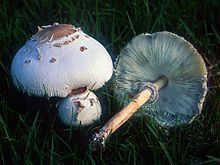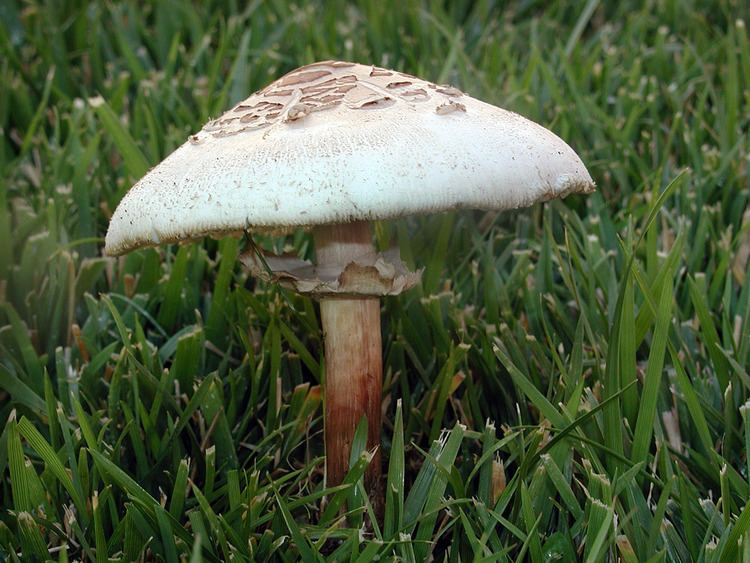Kingdom Fungi Subclass Homobasidiomycetidae Family Agaricaceae Rank Species | Division Basidiomycota Order Agaricales Genus Chlorophyllum Higher classification Chlorophyllum | |
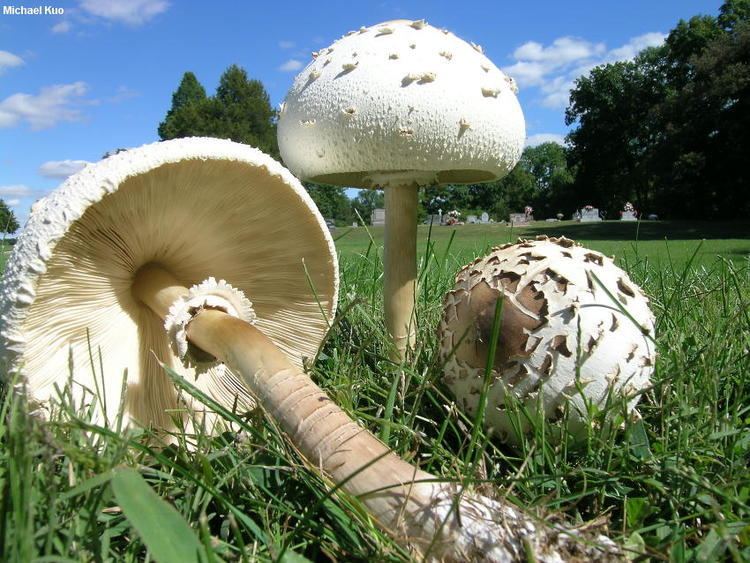 | ||
Similar Chlorophyllum, Lepiota, Macrolepiota, Agaricaceae, Amanita verna | ||
Macrolepiota procera or chlorophyllum molybdites
Chlorophyllum molybdites, which has the common names of false parasol, green-spored parasol and vomiter, is a widespread mushroom. Highly poisonous and producing severe gastrointestinal symptoms of vomiting and diarrhea, it is commonly confused with the shaggy parasol or shaggy mane, and is the most commonly consumed poisonous mushroom in North America. Its large imposing appearance and similarity to the edible parasol mushroom, as well as its habit of growing in areas near human habitation, are reasons cited for this. The nature of the poisoning is predominantly gastrointestinal.
Contents
- Macrolepiota procera or chlorophyllum molybdites
- Chlorophyllum molybdites fungi kingdom
- Distribution and habitat
- Description
- Toxicity
- References
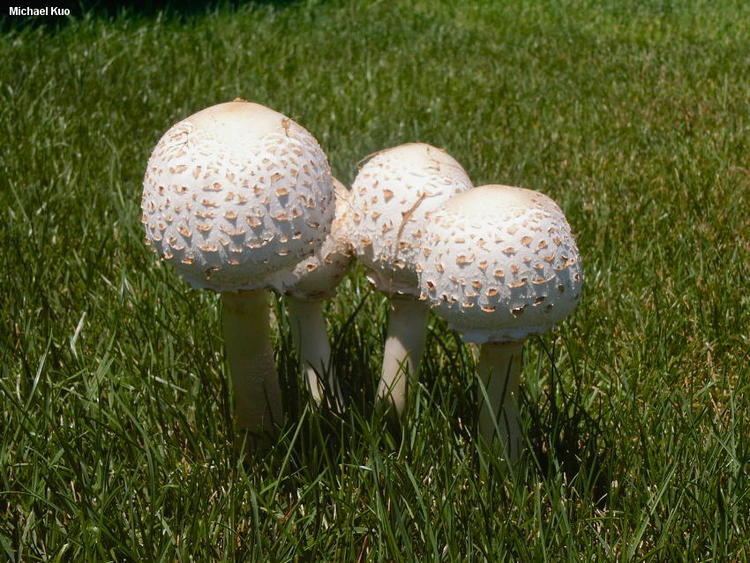
Chlorophyllum molybdites fungi kingdom
Distribution and habitat
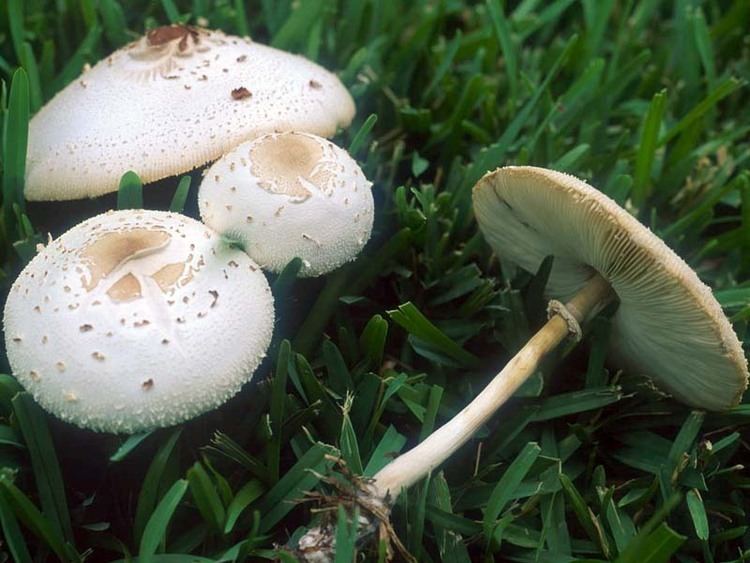
Chlorophyllum molybdites grows in lawns and parks across eastern North America and California, as well as temperate and subtropical regions around the world. Fruiting bodies generally appear after summer and autumn rains. It appears to have spread to other countries, with reports from Scotland, Australia, and Cyprus.
Description
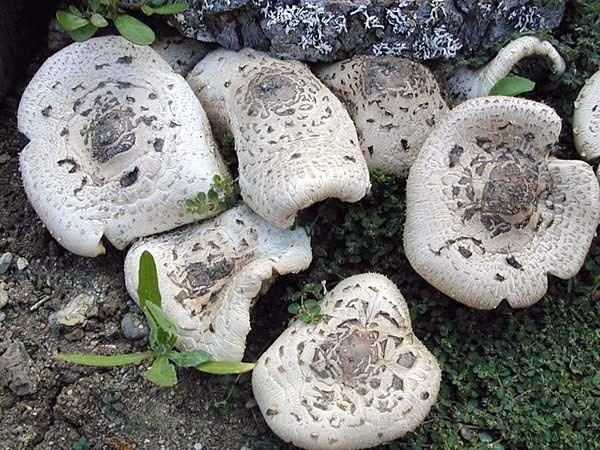
It is an imposing mushroom with a pileus (cap) up to 40 cm in diameter, hemispherical and with a flattened top. The cap is whitish in colour with coarse brownish scales. The gills are free and white, usually turning dark and green with maturity. Spore print is green. The tall stipe may be up to 25 cm tall and bears a ring. This mushroom lacks the snakeskin pattern that is generally present on the parasol mushroom.
Toxicity
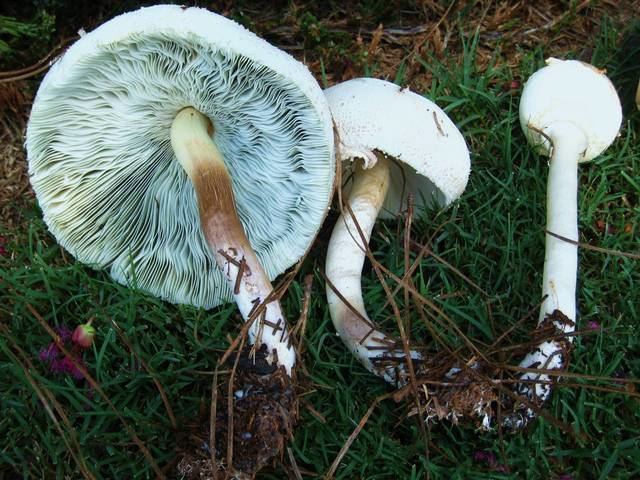
Chlorophyllum molybdites is the poisonous mushroom most frequently eaten in North America. The symptoms are predominantly gastrointestinal in nature, with vomiting, diarrhea and colic, often severe, occurring 1–3 hours after consumption. Although these poisonings can be severe, none has yet resulted in death.
